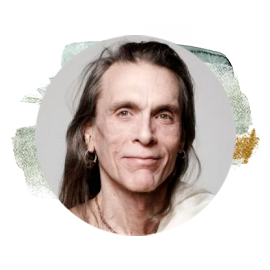The Sanskrit term yoga is found in the Vedas, the most ancient scripture known, prehistoric in origin. An Indian philosopher named Patanjali did not invent yoga, but he did write its manual, the Yoga Sutras, several thousand years ago.
Some western proponents of yoga call it scientific, meaning that it is practical and systematic. Yoga swallows science, however, which is based on extension of the five scenes only. The telescope and microscope are but extensions of the eye. Automobiles and rocket ships are extensions of the arms and legs. Computers are extensions of the brain. These scientific tools extend the reach of the senses, but are still restricted by the limitations of technology and materials, as well as by our ability to understand what we are shown.
Science helps us analyze the differences between things. Yoga, in contrast, seeks to join, not separate. The yoga practices are tools that enable us to have experiences beyond the limits of the five senses. Yoga is the most ancient of India’s six philosophical systems.
Grouped by their affinities, these six systems are yoga and Samkhya (the oldest), Vaisesika and Nyaya, and Purva Mimamsa and Vedanta. The founders of all these systems were yogis.
Each founder codified his philosophical system in the form of succinct sutras, compact wisdom packages that students could learn by heart through an oral teaching tradition. The word sutra means “thread,” and, like stitches in a garment, each sutra depends on the others. Sutras are brief, seldom form a complete sentence, and are not ambiguous, yet the exactness of their meanings lies in layers.
According to Indian philosophy, the Yoga Sutras, were written by rishis. These were sages who, through yoga practices, entered the state of samadhi, or union with the Divine, and brought back information that formed the basis for Indian sciences and arts such as mathematics, astronomy, and poetry.
Both Patanjali and the most prominent commentator on his Yoga Sutras, Vyasa, are considered rishis. Vyasa’s commentaries are so dense that they, in turn, have generated their own commentaries.
Patanjali codified the keys to happiness in the form of the Yoga Sutras, which were useful thousands of years ago and are being rediscovered in our present time.
As modern yogis, it’s exciting to realize that we have access to the Yoga Sutras. But the Yoga Sutras will not tell you in words the meaning of life. All mystical writing is like musical notation: if you read the music and play it, you will experience the music. You have to play the notation to hear the music. In the same way, Patanjali doesn’t describe samadhi; he gives you instructions. If they are followed you will have an experience that could never be described in words.
Excerpt from Chapter 2, Jivamukti Yoga by Sharon Gannon and David Life
